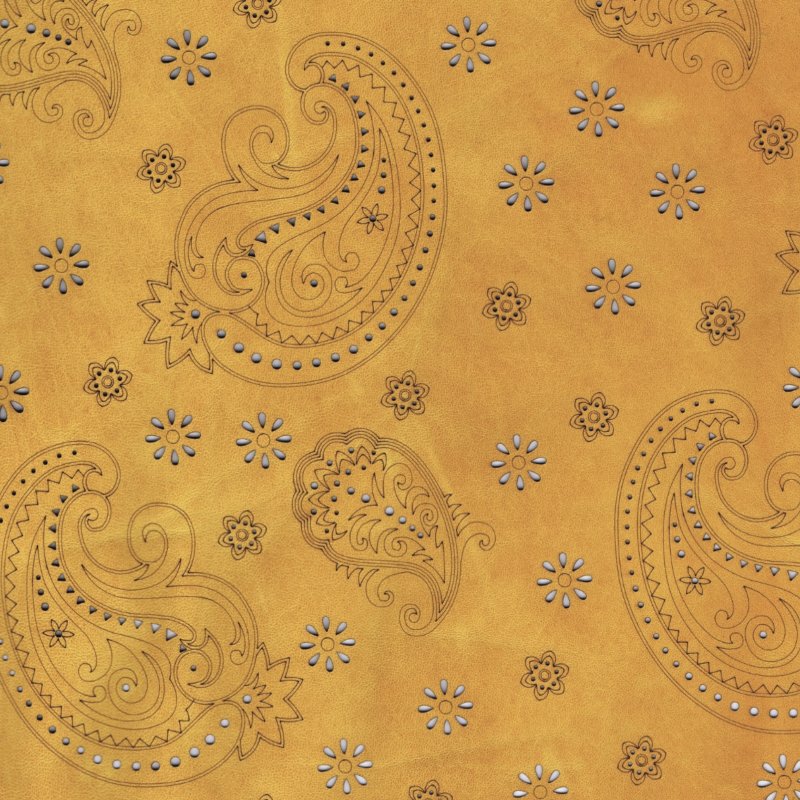
Laser
The lasera macro-category includes several types of intervention, and here we will illustrate the most used in leather goods and accessories: ruster, engraving and laser cutting.
The former consists of 'scraping' the fabric or leather, even recreating complex and detailed images. Engraving is similar to ruster, it is used more to recreate fountain pen motifs, as precise as if drawn in pencil.
Laser cutting is a process whereby a high-precision laser beam is used to cut materials such as fabrics, leather or other substrates used in the fashion industry. In embroidery mills, laser cutting can be used to make precise cuts on fabrics or other materials before embroidery work.
Here are some key aspects related to laser cutting, ruster and engraving in embroidery mills working for the fashion industry:
1. Precision and Detail:
Laser cutting offers a high level of precision and detail. It can be used to create complex shapes, clean edges and intricate details in fabrics.
2. Speed and Efficiency:
The laser cutting process is often faster and more efficient than traditional cutting methods. This can contribute to faster and more accurate production.
3. Waste Minimisation:
Because laser cutting can be programmed to optimise the arrangement of patterns on materials, waste of fabric or other materials is reduced, contributing to more efficient resource management.
4. Customisation:
Laser cutting allows greater flexibility in customising designs. It can be used to cut specific shapes or customised details on fabrics, allowing production to be more targeted to customer needs.
5. Automation:
The use of laser machines can easily integrate with automated systems, contributing to more automated production and reducing dependence on manual processing.
6. Versatility in Materials:
Laser cutting can be used on a variety of materials used in the fashion industry, including fabrics, leathers, and synthetics.
7. Minimisation of Distortion:
Unlike some traditional cutting methods, laser cutting can help reduce distortion of materials, especially when working with delicate fabrics.
8. Engraving Possibilities:
In addition to cutting, some laser machines can also be used for light engraving on materials, adding decorative or customised details.
The implementation of laser cutting in the fashion industry can lead to more efficient, precise and customised production, improving the quality of the final product.
We can trim support materials, upholstery, leather (preferably vegetable-tanned, not chrome) and fabrics, as well as drill, engrave, carve. With the engraving of certain types of materials, it is possible to create a kind of serigraphy and reproduce images and elements taken from prints or photographs.








